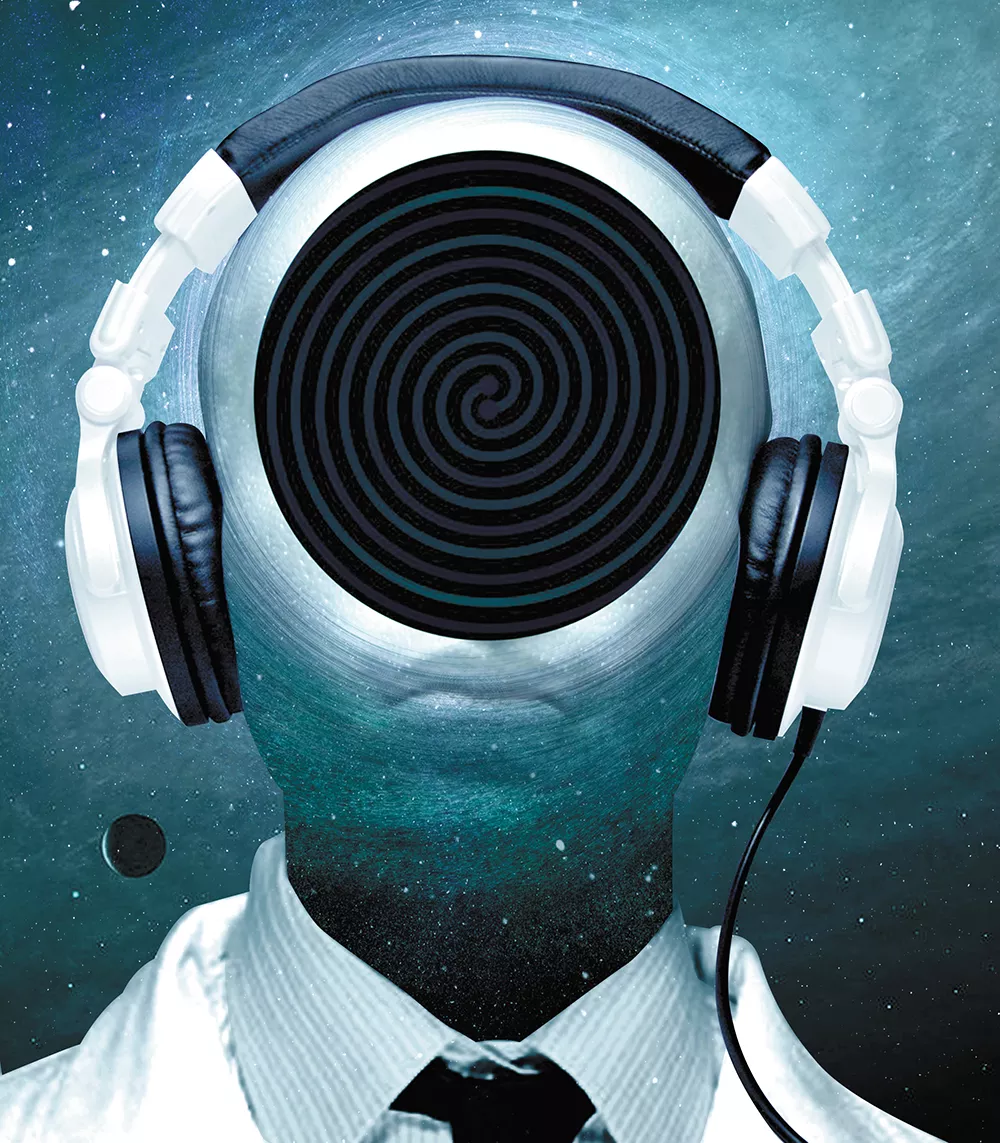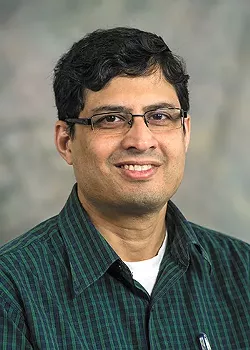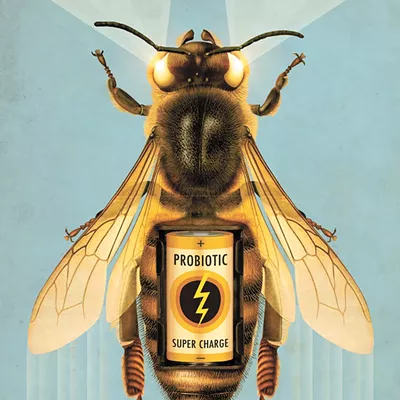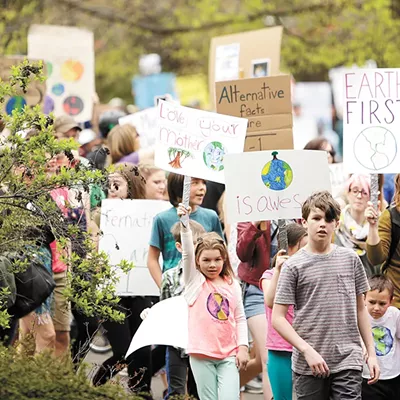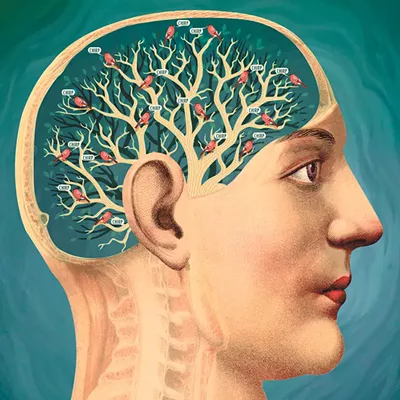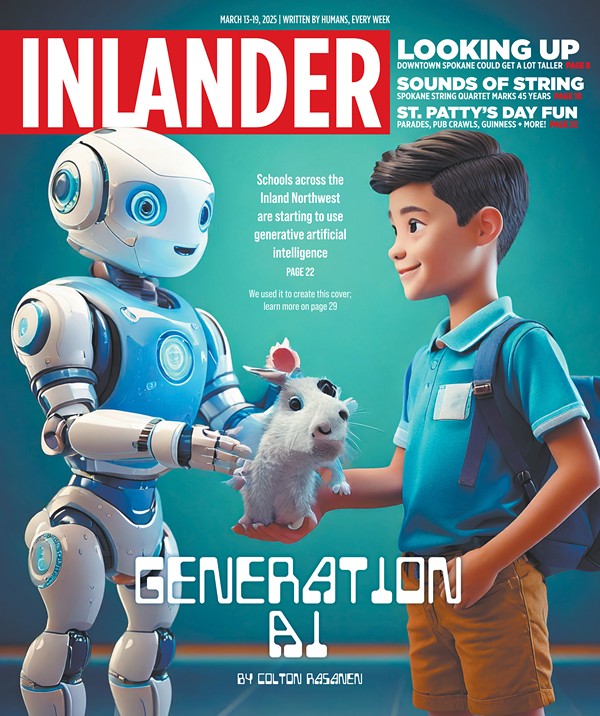The frontier of human knowledge can be measured in collisions. With the right instruments, you can hear their echoes, from billions of years ago, many light years away.
Physicists and astronomers are slowly listening to the stories inside these echoes, known as "gravitational waves," in hopes of learning more about the birth of the universe and the nature of our reality. One of these researchers is Washington State University physics professor Sukanta Bose, who is helping to develop a new gravitational wave observatory center in India through a U.S. partnership. He is tasked with further developing the country's scientific community by using astronomical research with the help of LIGO facilities (or Laser Interferometer Gravitational-Wave Observatory).
LIGO began as a joint project between MIT and Caltech, funded by the National Science Foundation, but has since grown into the international LIGO Science Collaboration. Its two facilities are located in Hanford, Washington, about three hours southwest of Spokane, and in Livingston Parish, Louisiana. The new project, expected to be complete in 2024, is another node in an ongoing network of gravitational wave detectors around the world.
"Unlike optical observatories, we don't care about the quality of the night sky," Bose tells the Inlander from India. "The sites that we choose can have cloud cover." Instead, the detectors rely on sound, or rather, vibrations, he says.
When two major astral bodies collide, they cause ripples in the fabric of space-time, a model of our universe that combines the three dimensions of space and the one dimension of time. Albert Einstein predicted these rippling waves in his theory on general relativity in 1915, and in the last few years astronomers have been able to detect them.
These facilities have detected six major astral collisions since 2015. The discoveries have substantiated Einstein's theory, but the tricky thing about astronomy is that new answers tend to leave scientists with even more questions.
So they're building more detectors. The research has proven practical, too, Bose says. For example, when a star blows up in a supernova explosion, it leaves behind a very small and incredibly dense core, known as a neutron star. After observing an August 2017 merger of two neutron stars — and the electromagnetic radiation emitted by it — scientists suggest that these collisions could be the "primary cosmic factories" that produce heavy elements such as gold and platinum, Bose says.
"The story of how these elements were created is still unraveling," Bose says. "Gravity actually aids in unlocking these stories for us."
These facilities essentially act as ears for astronomers, detecting the slightest of vibrations in the sky. The more ears in the sky, the easier it is for astronomers to aim their telescopes in a certain direction. For example, the use of multiple facilities allowed several dozen observatories to study the latest wave detection, which produced about 500 academic papers, written in collaboration by about 3,500 authors, says Caltech researcher Fred Raab, an associate director operations for LIGO who works at the Hanford site.
"That's a big deal. That's about a third of professional astronomers in the world who worked on that ...," Raab says. "It's only the beginning for something that is an emerging trend in astronomy."
The science used in these wave detections is almost inconceivably precise. For example, the facilities must be located on varying parallels along the Earth and separated far away from each other, but they must also be remote enough so they don't pick up too much noise from any highways or urban centers, Bose says. The new project in the state of Maharashtra, India, is located on the Deccan Plateau, an area that is "seismically quiet," he says.
The Kamioka Gravitational Wave Detector in Japan (also known as KAGRA) takes its detection a step further by going underground, where it's exposed to less seismic activity, and even uses cryogenic systems to cool its instruments to a degree that "molecular vibrations within the material itself will be brought almost to a stop," according to LIGO's website. Germany and Italy are also home to LIGO sister facilities.
But there is another major reason for developing more detectors.
The discovery of gravitational waves supported Einstein's theory, but it's far from bulletproof. His theory provides that gravitational waves exist on two "polarizations," and so far his theory has been correct, Raab says. (Polarization refers to the specific way the gravitational waves disturb space-time, according to the American Physical Society.) However, mathematically, there may be as many as five or six states of polarization.
"Einstein's theory is well restricted. In his imagination of the universe, where space and time is made up of Jell-O and can wiggle like Jell-O, he has only two possible ways that it can wiggle," Raab says. "But mathematically there are five. So the question is: Is Einstein's theory perfect? Everyone believes the theory has to break down. Or quantum mechanics has to break down."
Building different detectors in distant locations around the globe can help detect these elusive polarizations, if they exist.
"We have these theories from the beginning of the 20th century that have tremendous evidence that support them, but at a certain point they are incompatible," Raab says. "One of them has to be modified to make it fit with the other."
The most likely place you'll find that break down is in the extreme cataclysms of outer space. ♦

